

Welcome lovers of mathematical challenges and brain teasers, today we present a game that combines both: Math Sudoku. If you are looking for a way to test your ability to add, subtract, multiply and divide while solving a puzzle, then you are in the right place. This game will take you through nine grids where you have to place numbers from 1 to 9 without repeating in any row, column or sub grid. But don’t worry, Math Sudoku is not as difficult as it seems, you just need a little patience and skill to solve the puzzle. So get ready to exercise your brain while having fun with the Math Sudoku challenge.
How to solve a mathematical Sudoku step by step
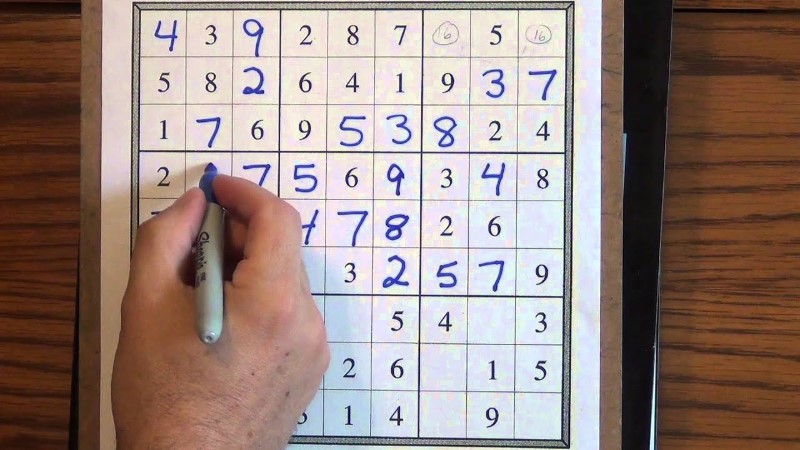
Introduction to Sudoku: Sudoku is a game of logic and mathematics that consists of filling a 9×9 grid with numbers from 1 to 9, in such a way that each column, row and 3×3 subgrid contains all the numbers from 1 to 9 without repetition. . To solve a mathematical Sudoku, it is necessary to follow a series of steps that will facilitate the process.
Understand the rules:
The first step in solving a math Sudoku game is to understand its basic rules. It is important to know the constraints that must be met in each row, column, and 3×3 subgrid in order to find the correct numbers.
Identify the missing numbers:
Once the rules are understood, the next step is to identify the missing numbers on the grid. You can look up the numbers that are already present and deduce the missing ones based on the game restrictions.
The mathematical principles behind Sudoku
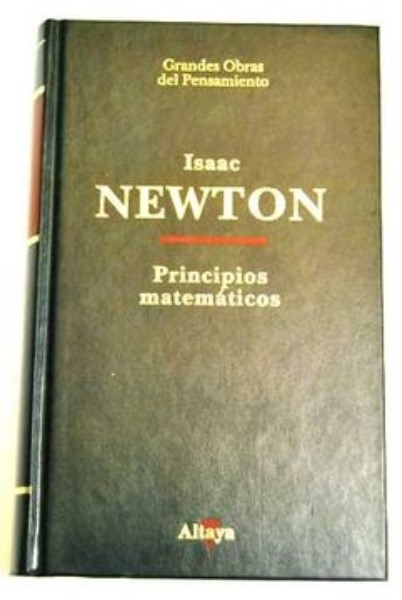
Sudoku is a logic game based on placing numbers from 1 to 9 on a 9×9 grid. To solve a Sudoku correctly, it is necessary to follow certain mathematical principles:
Principle 1: The One Number Rule
Each number from 1 to 9 must appear only once in each 3x row, column, and subgrid. This rule means that if a number already appears in a row, column, or subgrid, it cannot appear in any of the other spaces corresponding to that row, column or subgrid.
Principle 2: The rule of exclusion
If a number can only appear in one of the spaces in a row, column, or subgrid, then that number can only appear there. This can reduce the number options for other spaces in the same row, column, or subgrid and allow more spaces to be filled.
Understanding these mathematical principles is critical to successfully solving Sudoku puzzles. In the next section, we’ll look at different types of math Sudoku, each with their own variations on these basic math rules.
Different types of mathematical Sudoku: Samurai, Killer, among others
In addition to the classic Sudoku, there are several types of math Sudoku puzzles that can be even more challenging and fun. Here are some of the most popular:
Samurai Sudoku
Samurai Sudoku is a variant in which five 9×9 Sudoku puzzles are combined into one. The areas where two or more Sudoku puzzles overlap are presented as stars, which makes it a bit more difficult to solve. To fix it, it is necessary to use advanced Sudoku solving techniques.
Killer Sudoku
Killer Sudoku is a variant in which the numbers are grouped into cells so that the sum of the numbers in each group has to match a number found in one of the cells. This variant requires a good understanding of the mathematical properties of addition, which makes it an interesting option for lovers of numbers.
Hyper Sudoku
In Hyper Sudoku, each row, column, and region must contain the numbers 1 through 9, but there are four additional overlapping regions that must follow the same rule. This game is ideal for those who are looking for a more complicated and challenging Sudoku game.
Online tools to solve math Sudoku puzzles
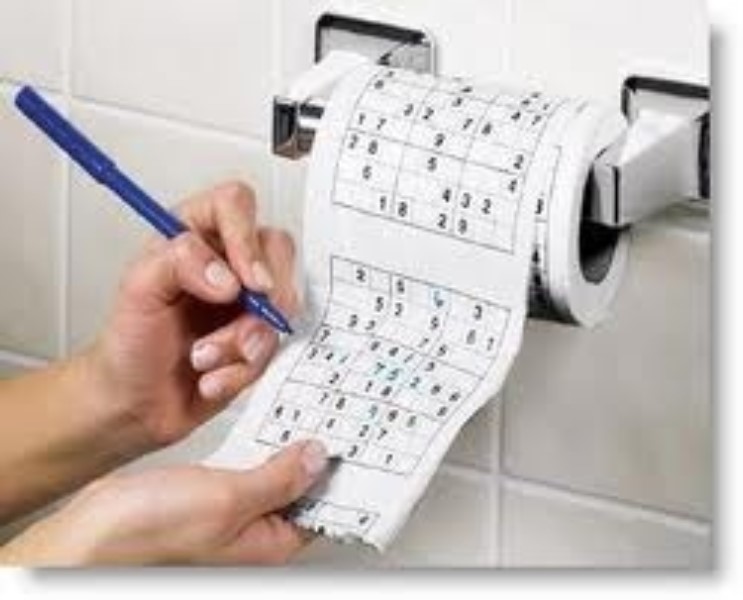
There are various online tools for solving math Sudoku puzzles. These tools offer different levels of difficulty and options to customize the experience. Some of the most popular tools are:
hodoku
Hodoku is a free tool that allows you to solve mathematical Sudoku puzzles of different types, such as Samurai, Killer and Windoku. In addition, it has various options to customize the experience, such as the ability to select the level of difficulty and the option to receive hints.
SudokuWiki
SudokuWiki is another free online tool for solving math Sudoku puzzles. It offers the possibility of doing different types of Sudokus, such as Killer, Jigsaw, among others. In addition, it has a section of tips and strategies to improve solving mathematical Sudokus.
Sudoku Solver
Sudoku Solver is an online tool that allows you to solve mathematical Sudoku puzzles of different difficulty levels. In addition, it has an option to create and solve personalized Sudoku puzzles.
These are just some of the online tools available to solve math Sudoku puzzles. It is important to remember that these tools can be useful to practice and improve your Sudoku solving, but they do not replace the satisfaction of solving Sudoku on your own.
Strategies to solve more difficult math Sudoku puzzles
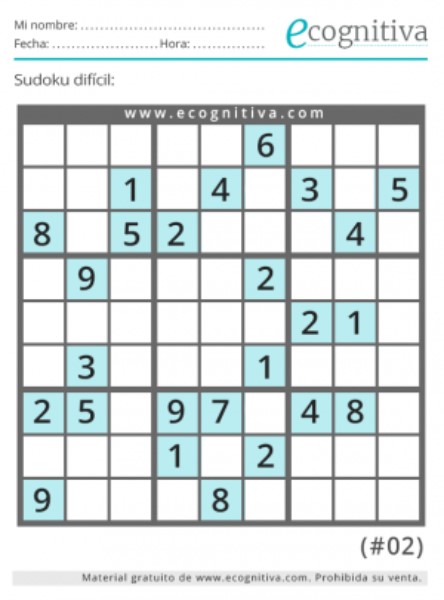
Solving a math Sudoku puzzle can be a challenge for anyone, especially a difficult Sudoku game. Here are some strategies to help you solve more difficult math Sudoku puzzles:
Use the single candidate technique
This is a simple technique that involves searching for a cell that can only contain one number. When you find a cell that only has one candidate, put that number in.
Use the multiple application technique
This technique involves searching for a cell that can contain multiple numbers, and then using other techniques to narrow down the number of candidates for one number. If there is only one candidate left, place it in the cell.
Use the technique of block chains
This technique is more complex and requires searching for blocks of cells with common candidates. By narrowing down the possible combinations of numbers for each block, the numbers that should be placed in each cell can be determined.
Try and failure
Sometimes, even with all the above techniques, you may not be able to find the solution. In that case, try guessing and writing down the numbers in the cells that seem most likely until you find a combination that works.
With these strategies, solving difficult math Sudoku puzzles should be a bit easier. Keep practicing and improving your math Sudoku solving skills!
Expert advice to improve in solving mathematical Sudoku puzzles

Solving a math Sudoku game can be an exciting challenge for many math enthusiasts. While some Sudoku puzzles can be easy to solve, others can be very difficult to complete. Here are some expert tips to help you get better at solving math Sudoku puzzles.
start at the beginning
Experts recommend starting with the numbers that appear most frequently in the empty boxes. For example, if the number 5 appears most often in empty cells, start by looking for the empty cells where the number 5 can fit.
Use drawing techniques
When solving Sudoku, it is important to have a good drawing technique. You can use a pencil to write the possible numbers in each cell and erase them as needed. You can also use the “double” or “triple” technique to narrow down the options in a given box.
practice regularly
Practice makes a master. For improve in solving Sudokus, it is important to do it regularly. You can start with easier Sudoku puzzles and then gradually progress to more complex ones, to improve your skills and increase your speed.
Use online tools to improve your skills
There are several online tools, such as how-to videos and interactive simulators, that can help you improve your math Sudoku solving skills. There are also online Sudoku puzzles that can be solved to practice your skills and increase your solving speed.
Examples of mathematical Sudoku puzzles to print and solve
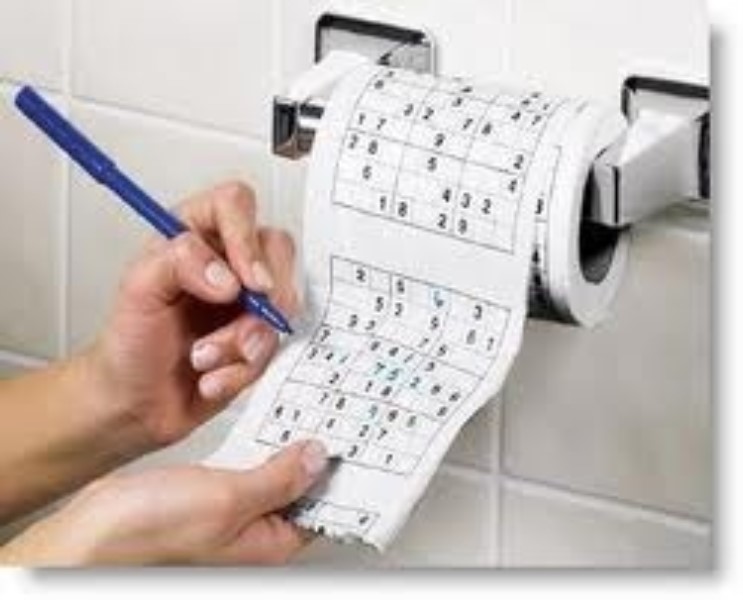
Once you master the technique of solving math Sudoku puzzles, the best way to improve is through practice. Here are some examples of math Sudoku puzzles to print and solve:
classic sudoku
This is the most basic math Sudoku game and the one most often found in newspapers and hobby magazines. It is a 9×9 cell grid, divided into nine 3x subgrids. The goal is to fill each cell with a number from 1 to 9, so that no number is repeated in the same row, column, or subgrid.
Samurai Sudoku
Also known as Five Star Sudoku, this type of math Sudoku consists of five 9×9 cell grids that overlap in the center. The objective is the same as in classic Sudoku, but with five times more numbers and greater complexity.
Sudoku Killer
In this type of math Sudoku, the cells are not empty at the beginning, but a series of numbers and mathematical operations are displayed. The objective is to fill each cell with a number from 1 to 9, such that both the non-repetition rule and the indicated operations are fulfilled.
With these examples of mathematical Sudoku puzzles you will be able to put your skills into practice and gain experience in solving different types of mathematical Sudoku puzzles. Keep practicing and improving!
